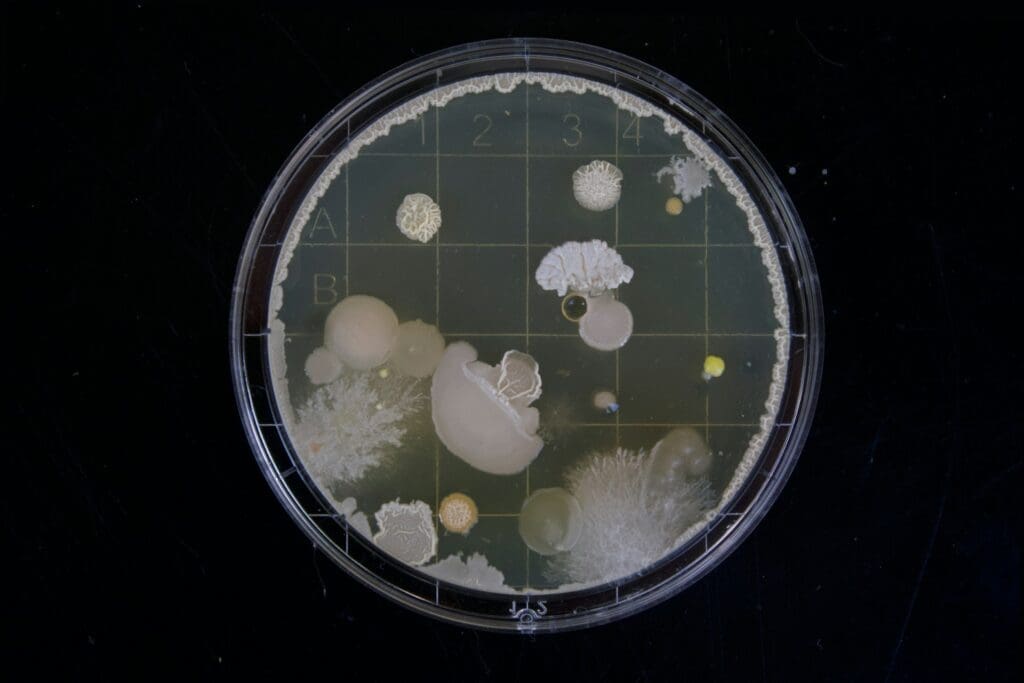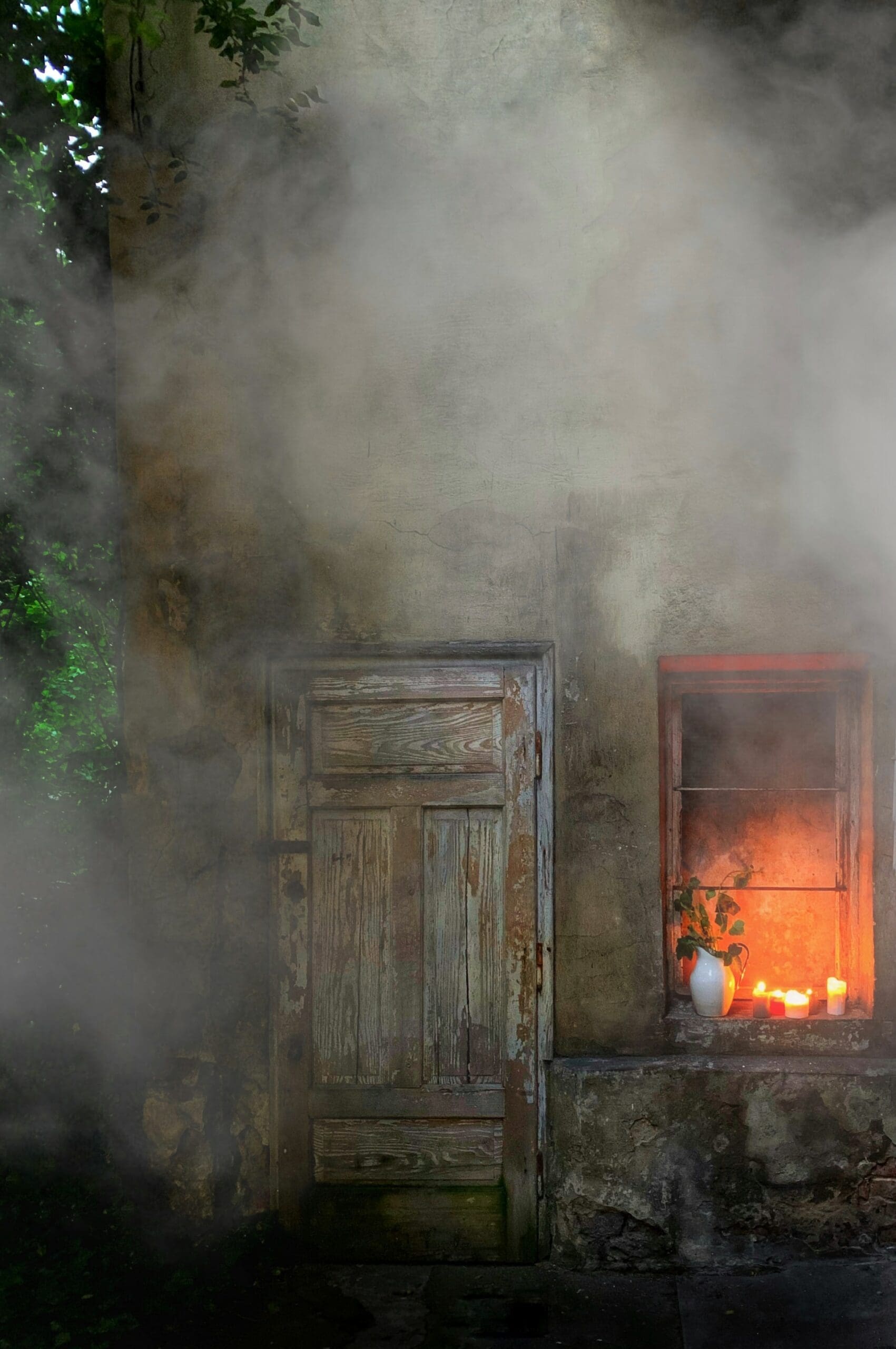Attic mold is a common problem that many homeowners face, often without realizing it until significant damage has occurred. Identifying the type of mold present in your attic is crucial for determining the appropriate remediation strategy and preventing future growth. This comprehensive guide will walk you through the process of inspecting your attic for mold and help you identify the most common types you may encounter.
The Importance of Attic Mold Inspection
Regular attic inspections play a crucial role in maintaining the structural integrity of your home and ensuring a healthy living environment. Mold growth in the attic can lead to a variety of issues that can significantly impact both your property and your health. These problems include respiratory issues, allergic reactions, weakening of wooden structures, decreased property value, and unpleasant odors that can permeate throughout your house. By identifying mold early through regular inspections, you can address the problem before it becomes severe, ultimately saving time, money, and potential health complications.
Preparing for an Attic Inspection
Before embarking on an attic inspection, it’s essential to gather the necessary tools and take proper safety precautions. Essential tools for a thorough inspection include a flashlight or headlamp for proper visibility, protective gear such as gloves, mask, and goggles to ensure personal safety, a camera or smartphone for documentation purposes, and a moisture meter (though optional, it’s highly recommended) to detect hidden moisture. Safety should always be the top priority when inspecting your attic, so it’s crucial to wear appropriate protective gear to avoid direct contact with mold spores, ensure proper ventilation during the inspection, and be cautious of your footing, especially in areas with loose insulation. If you have respiratory issues or allergies, it may be wise to consider hiring a professional inspector to conduct the examination on your behalf.
Common Types of Attic Mold
Understanding the characteristics of different mold types can significantly aid in identifying what’s growing in your attic. One of the most notorious types is Stachybotrys, often referred to as “black mold,” which appears dark green or black with a slimy texture. This mold thrives in damp, humid environments with high cellulose content and can cause severe respiratory issues and allergic reactions. Another common type is Aspergillus, a genus that includes several species frequently found in attics. Aspergillus usually appears white or gray, sometimes with yellow or green tints, and can grow on various surfaces, including wood and insulation. It may cause respiratory infections, especially in immunocompromised individuals.
Penicillium is another mold type often encountered in attics. While some Penicillium species are used to produce antibiotics, others can be harmful in the home environment. This mold typically appears blue or green with a fuzzy texture, prefers cooler temperatures, and can grow on many materials. Penicillium can trigger allergic reactions and asthma attacks in sensitive individuals. Lastly, Cladosporium is particularly common in attics and can grow even in cooler temperatures. It has an olive-green to brown or black appearance with a suede-like texture and is often found on wood surfaces and fabrics. Cladosporium may cause respiratory issues and skin irritation in some people.
Identifying Mold in Your Attic
When inspecting your attic for mold, it’s important to pay attention to several key indicators. Visual cues are often the most obvious signs of mold growth. Look for discoloration on surfaces, particularly dark spots or patches on wood beams, rafters, or sheathing. You may also notice fuzzy or slimy growths on insulation or stains on ceiling joists or around roof penetrations. In addition to visual signs, mold often produces a distinct musty smell. If you notice a persistent earthy or damp odor in your attic, it could indicate the presence of mold growth.
Since mold thrives in damp environments, identifying sources of moisture is crucial for a comprehensive inspection. Check for roof leaks or condensation, which can provide the moisture necessary for mold growth. Look for signs of water damage on wood or insulation, as these can be indicators of ongoing moisture problems. Using a moisture meter can be particularly helpful in detecting hidden moisture in materials, allowing you to identify potential problem areas before visible mold growth occurs.
Steps for a Thorough Attic Mold Inspection
Conducting a comprehensive attic mold inspection involves several key steps. Begin by entering the attic safely, ensuring proper lighting and secure footing. Once inside, scan the entire attic space, paying close attention to corners, joints, and areas near vents or chimneys where moisture might accumulate. Carefully examine the underside of the roof sheathing, rafters, and trusses, as these areas are particularly susceptible to mold growth. Inspect the insulation for any signs of discoloration or dampness, which could indicate mold presence or moisture issues.
As you continue your inspection, check around pipes, vents, and any areas where condensation might occur. These are common trouble spots for mold growth due to the potential for moisture accumulation. Throughout the inspection process, it’s crucial to document your findings with photos and notes. This documentation will be invaluable for future reference or if you need to consult with a professional. By following these steps, you can ensure a thorough examination of your attic space and increase the likelihood of identifying any mold issues early.
When to Call a Professional
While minor mold issues can sometimes be addressed by homeowners, there are several situations where it’s best to consult a professional mold remediation specialist. If the mold covers a large area (more than 10 square feet), it’s generally advisable to seek professional help due to the potential health risks and the complexity of proper removal. Similarly, if you suspect the presence of black mold (Stachybotrys), it’s crucial to involve experts due to its particularly harmful nature. If you or family members experience health symptoms that may be related to mold exposure, such as persistent respiratory issues or unexplained allergic reactions, it’s important to have the situation assessed by professionals.
There are also structural and environmental factors that may necessitate professional intervention. If the mold is difficult to access or appears to be within the structure of the home, attempting DIY removal could potentially cause more damage or spread the mold further. Additionally, if you’re unable to identify the source of moisture causing the mold growth, a professional can help pinpoint the root cause and develop an effective remediation plan. In these situations, the expertise and specialized equipment of professional mold remediation specialists can ensure thorough and safe mold removal, as well as implement strategies to prevent future growth.
Preventing Future Mold Growth
After identifying and addressing existing mold issues, it’s crucial to take proactive steps to prevent future growth. Ensuring proper attic ventilation is key to reducing humidity levels, which can significantly inhibit mold growth. This may involve installing or upgrading ventilation systems to promote air circulation and moisture control. Additionally, promptly fixing any roof leaks is essential, as even small leaks can create ideal conditions for mold to thrive if left unaddressed.
Proper insulation plays a vital role in preventing condensation, another common source of moisture that can lead to mold growth. Installing and maintaining adequate insulation can help regulate temperature and moisture levels in your attic. In particularly humid environments, using a dehumidifier may be necessary to keep humidity levels below 60%, which is generally considered the threshold above which mold growth becomes more likely. Lastly, conducting regular attic inspections is crucial for catching any issues early. By implementing these preventive measures and maintaining vigilance through routine checks, you can significantly reduce the risk of future mold growth in your attic, ensuring a healthier home environment for years to come.
Conclusion
Identifying different types of mold in your attic is a crucial step in maintaining a healthy home environment. By understanding what to look for and how to conduct a thorough inspection, you can catch mold problems early and take appropriate action. Remember, when in doubt, it’s always best to consult with a professional mold remediation specialist to ensure the safety of your home and family. Regular inspections and preventive measures are key to keeping your attic mold-free and your home structurally sound for years to come.




